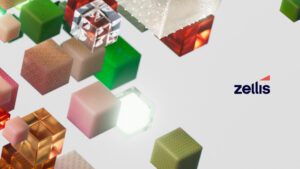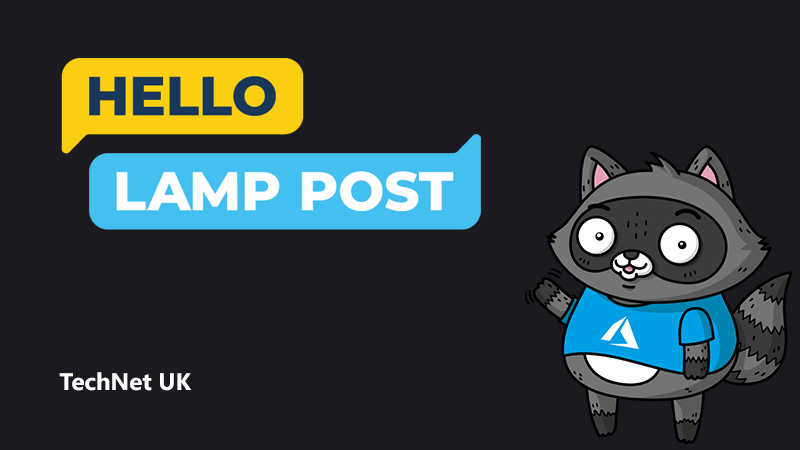
How Hello Lamp Post use Azure to help cities better understand their citizens
Hello Lamp Post is a UK and US-based company working at the exciting crossover of smart city space and customer experience. From urban planning to healthcare, they’re doing important work to reshape the ways in which cities can communicate and obtain valuable insights from their citizens.
We caught up with Tiernan Mines, who spoke to us about the Hello Lamp Post platform, how they’re using Azure to power their natural language processing, and how they’re creating the future of how people will experience place.
Chris: Who are you, who are Hello Lamp Post and what do you do?
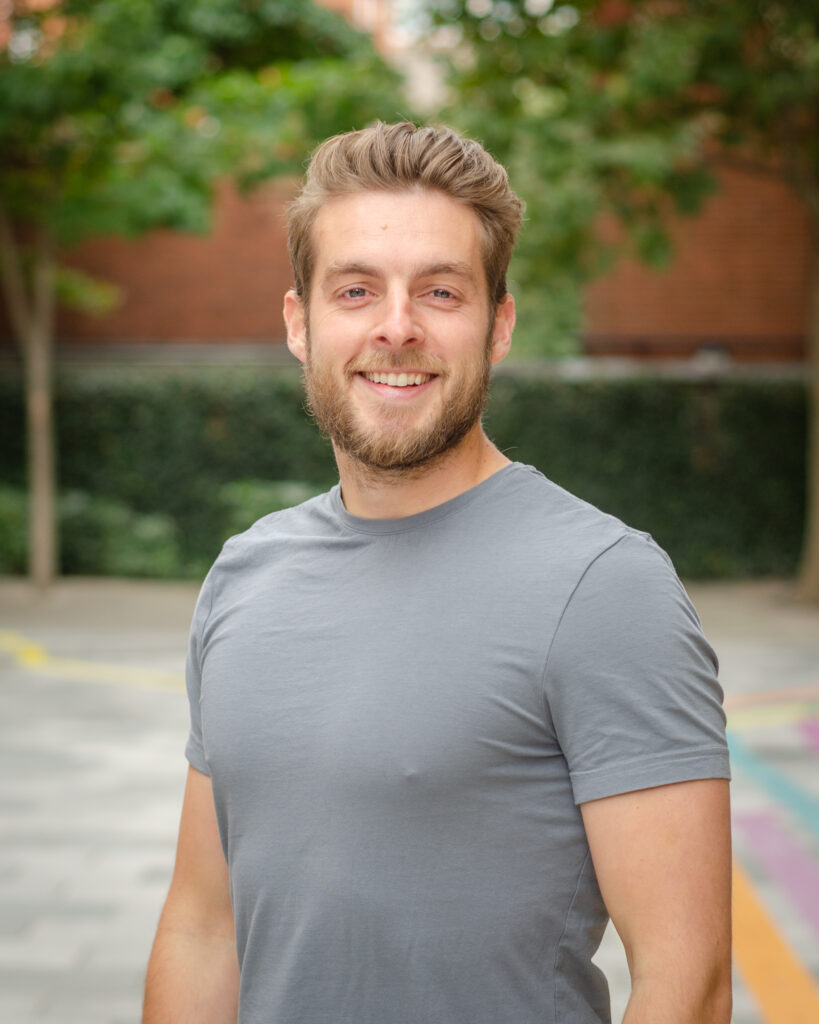
Tiernan: I’m Tiernan, I’m the CEO and one of the co-founders of Hello Lamp Post. As CEO, you can imagine I wear a few different hats and that as we evolve and grow as a company, my role morphs and changes.
I like to think of my role as being a servant to our vision and my team – the team do all of the clever work. I’m there to support and make sure everyone’s moving in the same direction together, achieving our goals and doing so in a fulfilling, enjoyable environment.
In terms of my background and how I came about co-founding Hello Lamp Post, it was mostly a venture and commercial-based background. In the early days I had roles in sales, and since then I’ve founded a couple of smaller ventures. I’ve joined other start-ups to grow particular revenue streams or new products, and eventually Hello Lamp Post was born when working with my two co-founders, Ben and Sam.
As for what we do, we’re a software company that makes anything interactive – outside of the home, in the public realm, anywhere in the world. We do that by using people’s devices combined with QR codes, which allows us to have two-way chat interactions between people and a specific hyper-local place, space or object. This could be anything from a park bench to a bus stop or a building. We also bring this online, allowing website and marketing channels to become interactive.
For companies and organisations, Hello Lamp Post can be described as a customer experience tool for places. It gives people easier access to information, be that live bus times at a bus stop, what the council has planned for your neighbourhood, or the history of a statue. This is really important because this two-way chat provides the organisations and companies that are looking after those places or areas a better view of people’s needs and wants at any given time.
C: Where did the idea behind Hello Lamp Post come from?
T: Hello Lamp Post was born out of a couple of frustrations and observations. Perhaps it was triggered by the whole Smart Cities movement a few years ago but we saw that the digital and physical worlds were coming together, in the sense that you were able to go anywhere and expect that there’s gonna be the Internet, be it Wi-Fi or mobile data. That convergence has been happening for years, but we noticed that when we move through or use physical environments, it’s all very analogue.
Whether you’re at a bus stop during your commute, working in an office, or visiting a park or landmark, everything’s still very analogue. It was the observation that you might pass through an area and want information about that place, you have feedback you want to pass on, or you have ideas about those areas – for most people these thoughts are simply forgotten.
On top of this, whenever you’re using or experiencing a place, there’s always a high barrier to entry for information. Obviously we have access to search engines, but the barriers are still high, right? If you want to find out what the council’s doing in your local area, you have to trawl through a number of websites. If you’re looking at a statue, information is limited to a tiny bronze plaque. Or if you have a tonne of questions while finding your way around a hospital, you’re limited to navigating a complex website, trying to understand complex signage or find an available staff member.
On the flip side, the other frustration is that this is a two-way investment. If I want to communicate, I need to know what company or organisation is looking after the place or object in particular. Again, it’s not an impossible task to figure out, but the barriers to entry are really high and it cuts off a lot of interaction, and misses out a large portion of society.
So why didn’t a digital platform exist that made it easier to find information, in-location? Also, for the companies and organisations looking after those places, why wasn’t there a platform that made it easier for them to understand their audiences? That’s where the idea came from.
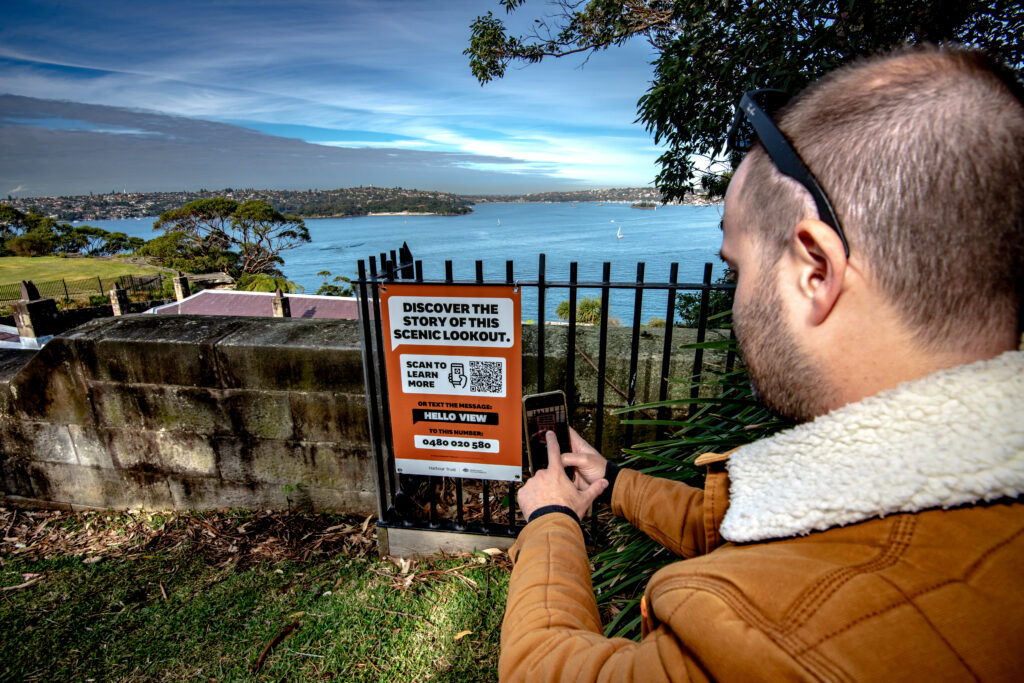
C: How did you build the first iteration of Hello Lamp Post, and how has it changed since then?
T: My co-founders and I were talking about these frustrations and observations, and the direction in which physical worlds will change considerably. We knew they were going to become more interactive in one way or another, whether it’s for gaming, as a utility, whatever it might be, and we saw an opportunity to be a part of that.
Then there’s serendipity, and part of this was an award that we ended up winning. Originally, Hello Lamp Post didn’t exist beyond an idea on a bit of paper between us, but we entered into the Playable City Award which is run by Watershed in Bristol. Whoever wins gets to build out the first iteration of their idea.
We started from a user perspective, imagining a digital journal across a city where objects and places become interactive. How people can use those places to leave their memories and ideas, and how they would be shared with other people when they interact with the same objects and places. We entered Hello Lamp Post as an original concept and we ended up winning the inaugural award, which allowed us to build our first iteration.
We eventually deployed in Bristol for eight weeks and it was a considerable success. We proved that people will have conversational chats with inanimate objects, and that became our first jumping off point.
At the time we saw huge potential, but we never expected it to become a tool, a platform, a solution or service. But off the back of that, a number of different cities and organisations around the world got in touch to ask if this was a platform that could be used to engage and communicate in a more automated way.
What started as a one-off concept ended up morphing into a useful and powerful tool, both for us as people and also for decision makers in the public and private sector.
C: In what ways are people currently using Hello Lamp Post?
T: The beauty of what we’ve built is that the interactive layer can be anywhere. There are really no limits on where Hello Lamp Post can be deployed to have two-way exchanges. So we don’t need to be stuck in the age of reading bronze plaques, scrolling through websites, hosting a town-hall meeting or sending someone out with a clipboard to run surveys.
To go deeper on a couple of examples, fire and rescue services are using our platform to allow people to do an automated at-home safety check from their own device, which triages them on whether they’re at risk of fire at the home or not. It allows the fire service more visibility on fire risks, and in the long term it reduces the number of avoidable fires in the home.
We’re also working with hospitals, automating their process of gathering feedback. With the NHS and other healthcare services being extremely strained, things like engaging with patients and getting their feedback fall by the wayside, so we’re helping to make sure that this doesn’t happen.
At the same time, some councils are using Hello Lamp Post for public wellbeing and suicide awareness/prevention – making key locations interactive to give people essential help and information at times of critical need. Again, this is all done through smart two-way interaction.
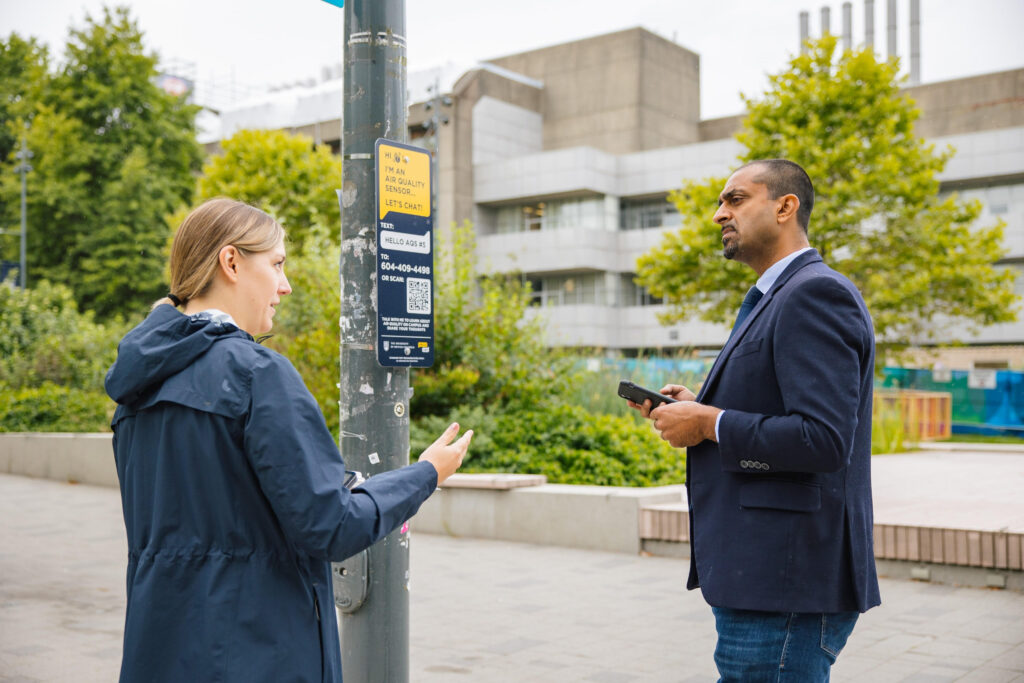
C: You use Azure for natural language processing – can you tell us more about how you use it?
T: For us, we break natural language processing (NLP) down into three parts: the customer-facing side, the user-facing side, and the internal side that we use. We tend to use a lot of natural language processing for the customer-facing side, with regards to presenting insights back to them.
Public and private sectors like to gather a lot of data, but we’re moving into an age of insights rather than just data. We wanted a way to distil all of the free-text responses and data that’s coming through the platform and present it back as useful insights at the click of a button. To that end, we use a lot of analytics around NLP and other areas that then feed to dashboards that our customers can look into.
From a user perspective, it’s really about using NLP live to assess what a user is saying, and that can be anything including sentiment, query recognition and classification of theme. Our algorithms have to understand what the user is saying and then decide what to do next.
Internally, we use NLP a lot with our analytics. We frequently analyse our databases to spot trends and how we can better utilise the data that we have access to. In the near future, it means better experiences for our users and customers.
Automation is a huge part of why we use NLP. In the early days of Hello Lamp Post we had to do a lot of manual analytics with spreadsheets, pivot tables and the like, so the dawn of natural language processing has really helped to automate a lot of that.
C: Why did you decide to use Azure over other cloud providers?
T: The kicking off point for us using Azure was when we when we got accepted into Microsoft AI for Good program. We were a part of the 2020 cohort, and it became a real eye opener to the Azure platform for us. We became more familiar with the different toolsets, the different infrastructure offerings and it gave us a good opportunity to sandbox a lot of what Azure has to offer. That’s when we realised how seamless it is.
Scalability was also very appealing as our ambitions were always to scale and grow, and we knew that the Azure platform could underpin all of that. It was a combination of being able to seamlessly use various tools that can talk to each other, but also knowing that if we grew rapidly then things wouldn’t fall over.
C: Do you use any open source software? If so, which software?
T: Yes, we do use open source software. We’re currently using Postgres, and some of our front end, externally-facing interfaces use Vue3 and React. On top of this, we also use several component libraries.
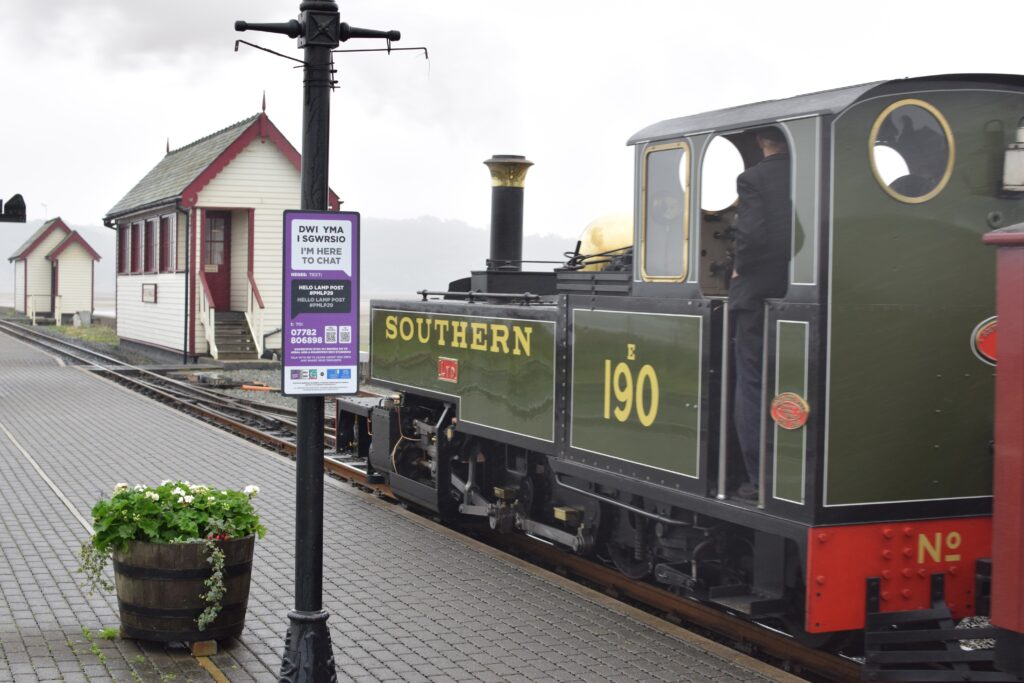
C: Back in 2020, during the height of the Covid-19 pandemic, you launched an online version of Hello Lamp Post e.g. Hello Council. Did you foresee yourselves running something like that eventually? Did it affect the direction of the business in any way with what you learned?
T: I think we always envisaged moving in that direction, so the short answer is yes. We always wanted to bring the offering online, and obviously things like engagement, communication and customer experience don’t only exist in the physical world, so really the pandemic just accelerated that move for us.
Interestingly, there was an increased demand for what we do in the physical world at the start of the pandemic because companies weren’t able to have people out and about, that they now needed a contactless experience. Others wanted a more automated way to bring our platform online, think adding QR codes to letters that councils were sending out for example, to make those letters interactive. Councils were one of the types of organisations that pushed us online sooner.
In terms of lasting effects, I wouldn’t say it changed our direction, but we definitely became more informed. One of the key things we learned is that it’s clear that customer experience isn’t one-size-fits-all, it’s multi-faceted and about making it more accessible by lowering the barriers to entry. I think that was the biggest learning for us.
C: What’s next for Hello Lamp Post?
T: Our focus now is really about accelerating growth to help more customers and communities around the world. We’re really focused specifically on growing our customer base in the UK and North America, and we’ve got a team based in the US now which is really exciting, growing that market across public and private sectors.
Without saying too much we’ve got a really exciting product roadmap coming up as well, so we’re really accelerating towards that, but our main focus is just wanting to work with and help more customers and communities around the world.
C: What is Hello Lamp Post’s vision?
T: Ultimately, we want to make everywhere interactive. That might sound lofty, but what’s driving us is making it easier to connect people, information and place. There’s a sweet spot that our platform sits in that no one else does, which is partly why we’re shooting so high.
It does have a purpose, of course – the more people are connected, the better they’re informed about and involved in the places where they live, work and play. Our goal is to deploy in as many places as possible around the world and create the future of how we experience ‘place’. That ultimately feeds into our mission – make places better for people.




